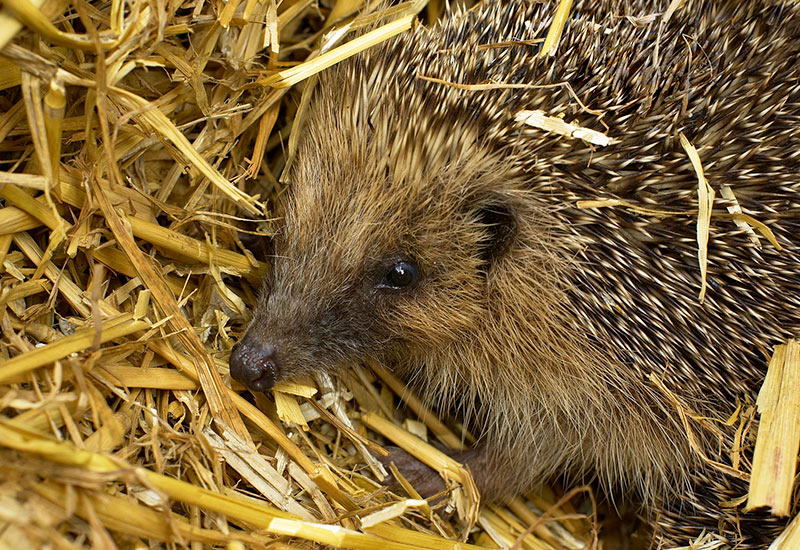Gardening for Wildlife
You can have your own mini nature reserve – right in your own back garden. With a few simple steps you can turn your backyard into a wildlife haven!
Observe
Take the time to have a look around your garden and the kind of wildlife visitors that are there already and where you find them. If you already have ‘wild’ areas in your garden and are happy to leave them as such, this can provide perfect habitats for many different creatures. But it’s not necessary to have a wilderness in your backyard to attract wildlife!
Plants for insects
There are all kinds of plants you can choose to help boost garden wildlife. Flowers with daisy-like heads are attractive to nectar loving insects like butterflies and hoverflies, as are plants like Buddleia davidii, while bees can’t resist late summer flowering plants such as Echinops (globe thistle) and Sedum spectabile. Sunflowers are also well-loved by insects and birds, who will feast on the seed heads at the end of the summer. Try planting a few wildflowers in the garden too such as Campion, Honesty or Foxgloves (although care should be taken with the latter as they’re poisonous to humans when eaten).
Plant a hedge or tree
If you have room, a hedge with a mix of native plants, such as hawthorn, blackthorn, dogwood, hazel or guelder rose will provide food and shelter for a wide range of garden birds. Planting a native tree like a rowan or birch will provide a place for birds to shelter, perch and roost, as well as a valuable food source, but if space is limited, a small fruit tree will still be welcomed by the local bird population. You’ll enjoy the changing colours through the seasons too!
Provide shelter
Providing a nest box is a popular way of inviting birds into your garden but plenty of other creatures will appreciate a shelter too – boxes are now available from garden centres for bats, bees, hedgehogs, frogs, toads, lacewings, ladybirds and other insects, or you can even make your own. An upturned terracotta flower pot with a hole in the side and left in a cool, damp place will make an ideal shelter for toads. You can also make a really easy bug shelter by tying together a bundle of twigs or bamboo canes cut to short lengths. Hang it up under a tree branch and watch the bugs move in!
Just add water
Creating a wildlife pond is a great way to attract all kinds of creatures, like frogs, newts, toads and dragonflies. Make sure your pond has a sloping edge or ‘beach’ area to encourage birds and mammals to drink at the edge and provide shelter nearby, such as planting or a log pile. But if space is limited, why not try creating a small water feature in a container? Even a small bird bath made out of any shallow container will be welcomed by the birds as a place to drink and bathe.
Create a wildflower meadow
Although this is perhaps not for everyone, it’s a great way to encourage butterflies into the garden. Many butterflies lay their eggs on grasses, which also provide shelter for lots of other insects and even small mammals. And the good news is, you can forget about cutting the grass every week!
Go organic
Gardening organically will make a big difference in the number of wildlife visitors to your garden. For instance, avoiding the use of pesticides will increase the numbers of beneficial insects straightaway. In turn, this will attract insect-eating creatures, such as birds, frogs, toads, shrews and even hedgehogs, who will do the dirty work for you and get rid of slugs, snails and other unwelcome creatures.
Relax!
Although wildlife gardening doesn’t have to mean neglect, it does mean taking a more laid back approach. Delay the garden tidy-up in autumn until early spring and you’ll provide welcome shelter for minibeasts to overwinter. Leave the odd log pile or pile of leaves to provide habitats for toads, frogs, tiny mammals or insects. And try not to worry about the weeds – many weed seeds are much appreciated as food for birds, who will thank you for leaving them!
Leave the odd log pile or pile of leaves to provide habitats for toads, frogs, tiny mammals or insects. And try not to worry about the weeds – many weed seeds are much appreciated as food for birds, who will thank you for leaving them!
The Royal Horticultural Society has published a list of garden plants that are Perfect for Pollinators



